US tariffs can cost Pakistan $4.2b in 5 years
LSE warns of heavy long-term losses, potential decline of $0.8b this year but sees potential trade diversion
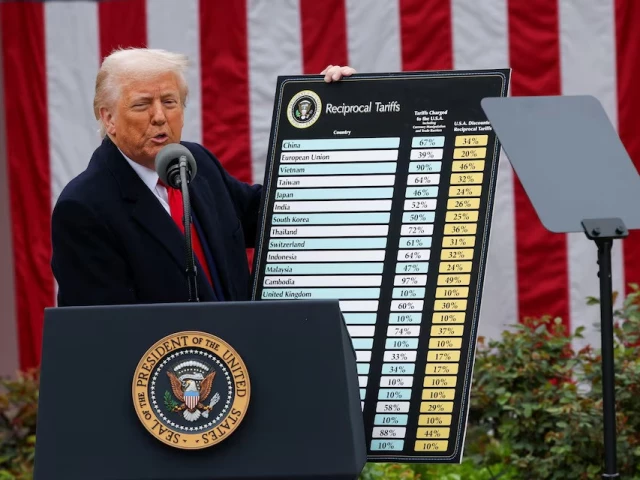
The United States' recent decision to impose a 39% tariff on imports from Pakistan could lead to a significant drop in Pakistan's export revenues, with estimates suggesting a potential decline of up to $0.8 billion in calendar year 2024 alone.
As per a policy note released by the Lahore School of Economics (LSE) on Wednesday, over the next five years, this loss could accumulate to as much as $4.22 billion if the full burden of the tariff is passed on to American consumers. However, the actual impact might be less severe if Pakistani exporters absorb part of the tariff cost or negotiate with US buyers to share the burden.
For instance, if only 29% or 19% of the tariff is reflected in higher prices for consumers, the immediate losses in 2024 could shrink to $0.6 billion or $0.4 billion, respectively. These figures highlight the delicate balance between how much of the tariff is absorbed by exporters versus passed on to buyers, which will ultimately determine the scale of the hit to Pakistan's economy.
The tariffs come at a time when global trade tensions are rising, with the US government under President Donald Trump imposing higher duties on several countries, including China, Bangladesh, and Vietnam. These nations, which compete directly with Pakistan in key sectors like textiles and apparel, face even steeper tariffs, creating an unexpected opportunity for Pakistan.
LSE suggests that international buyers seeking to avoid higher costs from these countries might shift orders to Pakistani suppliers, a phenomenon known as trade diversion. This could partially offset the negative effects of US tariffs on Pakistan's exports, especially in industries like textiles, which form the backbone of the country's export economy.
Despite this potential silver lining, the broader picture remains concerning. The global economy is already under strain, and a prolonged trade war triggered by escalating tariffs could tip the world into a recession. According to the note, a 1% drop in foreign income growth, a plausible scenario in a downturn, could reduce demand for Pakistan's exports by an average of 1.445%. In 2024, this might translate to an additional loss of $55.5 million to $92.5 million. Over five years, the cumulative effect of slower global growth could drain another $0.29 billion to $0.49 billion from Pakistan's export revenues. When combined with the direct impact of US tariffs, the total blow to the economy could be substantial.
The manufacturing sector, particularly textiles, is expected to bear the brunt of the tariffs. A 39% tariff could slash textile exports by $0.66 billion in CY-2024, with a five-year loss of $3.48 billion. However, if Pakistani exporters manage to limit the price increase passed to US consumers, say to 29% or 19%, the losses could ease to $0.49 billion or $0.32 billion simultaneously in the first year. While these numbers are daunting, they also underscore the importance of strategic negotiations between Pakistani suppliers and US buyers to share the tariff burden.
While the short-term impact of the tariffs may be softened by trade diversion and cost-sharing, the long-term risks loom large. If the US maintains these tariffs indefinitely, Pakistan's export sector could face sustained pressure. Yet, the situation also presents a unique chance for Pakistan to position itself as a more attractive alternative to competitors facing even higher tariffs. For now, the world watches as rising protectionism reshapes global trade dynamics, with Pakistan navigating both risks and opportunities, the policy note added.

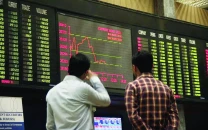

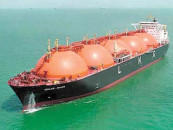
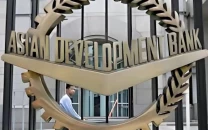

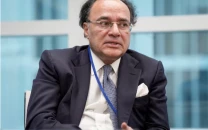




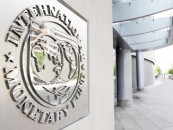








COMMENTS (1)
Comments are moderated and generally will be posted if they are on-topic and not abusive.
For more information, please see our Comments FAQ